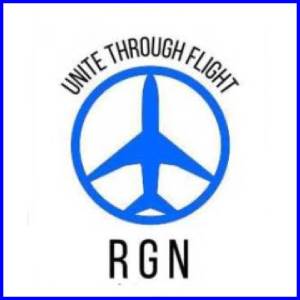 If I could use only one animated Gif to describe American Airlines these days, it would be of Kermit The Frog frantically typing on his typewriter.
If I could use only one animated Gif to describe American Airlines these days, it would be of Kermit The Frog frantically typing on his typewriter.
That’s because the US major’s new Customer Experience organization, and indeed its PR team, have been extremely busy of late, announcing one product or service enhancement after another — especially for premium passengers.
Since the beginning of the year, American has rolled out Flagship Suites and a refreshed Premium Economy product on its new Boeing 787-9Ps, opened its ninth premium lounge (in Philadelphia) and revealed it will offer free inflight Wi-Fi on most of its fleet from 2026.
American’s premium push makes perfect sense. After all, the airline is enjoying strong premium cabin demand particularly for long-haul international destinations. And it has observed continued growth in active AAdvantage frequent flyer accounts, which management says has led to additional demand for higher-end products.
Private doored mini-suites, more lavish lounges and inflight meals created by culinary masters are certainly wonderful additions at American but they still represent aspirational experiences for many flyers, including this student, as I don’t have the funds or enough miles to fly up front… yet.
That’s why I’m grateful when airlines find small but meaningful ways to bring a touch of comfort to travelers in standard economy class.
Flying on American Airlines this summer from its Philadelphia hub to Rome, and from Barcelona to Philadelphia for the return, to facilitate a two-week, budget-conscious trip around Southern Europe — with rail and bus stops in Florence and Nice — I found a lot to like in the carrier’s Main Cabin on the 787-9.
Boarding the 285-seat twinjet in Philadelphia, I made my way to my window seat at the rear of the aircraft, where Main Cabin is configured 3-3-3.
You don’t need me to tell you that 9-abreast economy cabins on Boeing 787s are tight, and American’s Dreamliners are no exception. The airline advertises a 31″ seat pitch aboard the 787-9, with seat width listed as being anywhere from 16.2 inches to 17.2 inches.
At 5’10, I had just enough legroom, but the seat’s width was really quite snug. Wearing thin leggings enabled me to maximize my living space in this sub-17-inch wide seat.
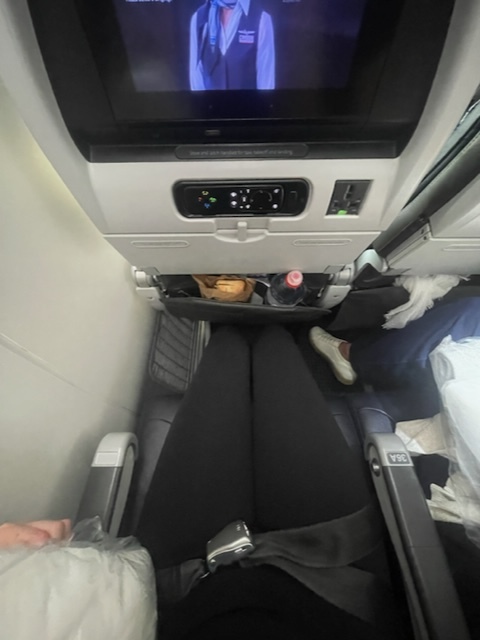
Sliding into my seat, I was immediately appreciative of the Panasonic Avionics seatback entertainment screen in front of me. IFE provides an important — and in my mind, essential — distraction for passengers on long-haul flights, especially those in tight seating configurations.
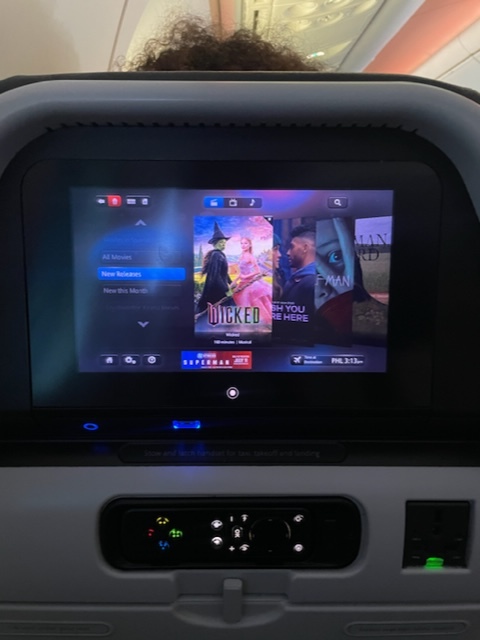
American has done an admirable job in stocking the system with recent blockbusters and popular TV series, in addition to games, audio selections and of course the ever-popular moving map. I watched Wicked and Mickey 17 — two relatively new titles that I had been wanting to see.
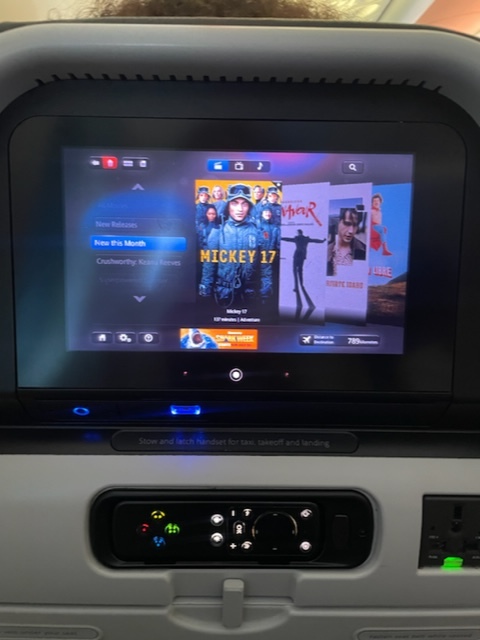
When it was time to rest, I balled up the small blanket and pillow provided by the airline, and leaned on the sidewall. Then I changed positions and used the rather comfortable headrest on the seat.
On my return flight from Barcelona to Philadelphia, I put the inflight Wi-Fi to the test.
As mentioned, free Wi-Fi is ultimately in the cards for American’s passengers, but it hasn’t arrived yet, at least not on the 787-9. A full-flight pass would have set me back an eye-watering $35. Instead, I opted for a 2-hour pass, at the still-steep price of $29.
With this package, I was generally able to browse and post to my social media apps, watch videos, listen to music, and send messages on my iPhone. I did notice some buffering and slowness, however, and there were times I had to go back and re-connect to the Wi-Fi via the portal.
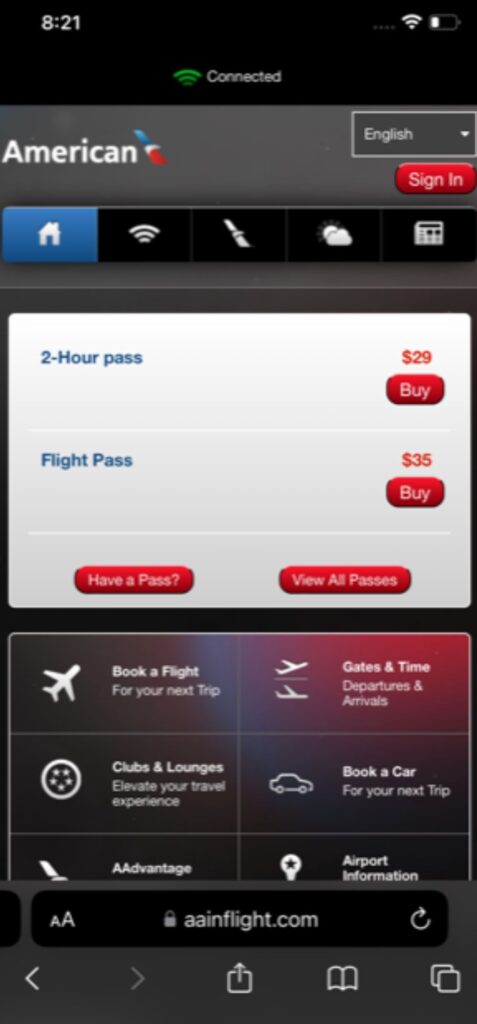
I ran a Wi-Fi speed test through Google and was surprised to learn that the upload speed was better than the download speed: 2.17 Mbps for the former and 1.77 Mbps for the latter. Google referred to this result as “very slow” and that seemed fair enough.
An AC power outlet at every seat, and a USB-A port in the IFE peripheral bar blessedly kept my devices charged. But don’t discount the joy to be found in cloud-gazing or watching the 787’s wing flex during turbulence or on landing.

I also snapped a Laviator pic on board — just for fun.
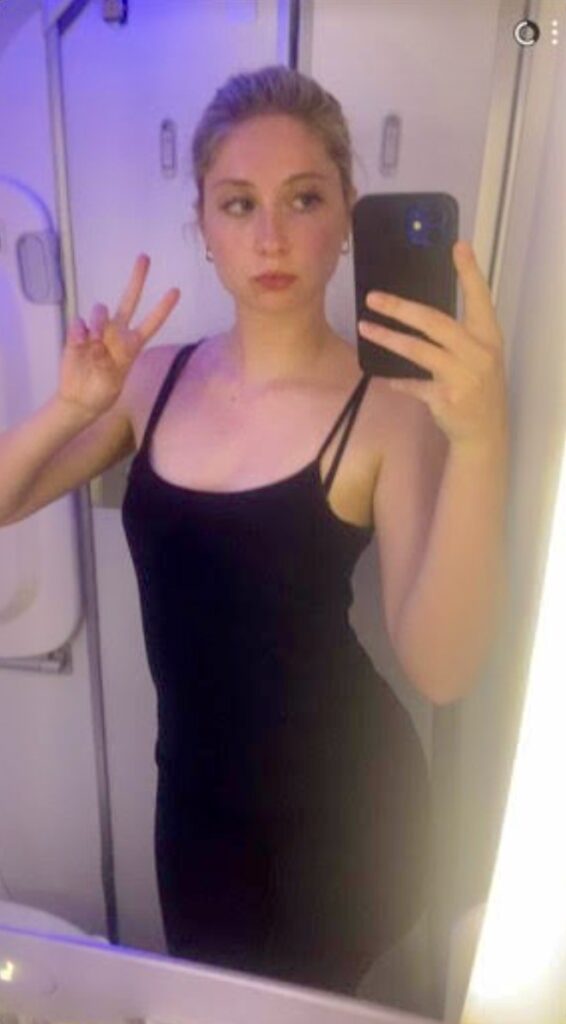
On both flights, I found the food in economy class to be average, but the mood was inviting. That’s because the crew used the aircraft’s LED lighting scheme to set the scene, including to simulate a sunrise just before breakfast, which is always a nice touch.
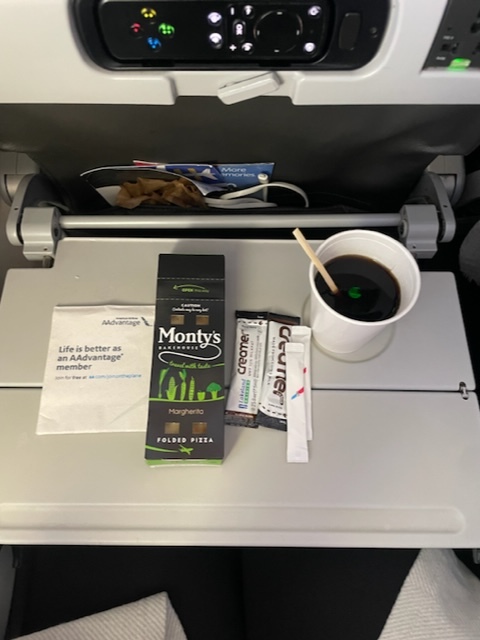
All in, and having booked well in advance, my airfare for the outbound to Rome and the return from Barcelona cost a total $1,497.31 (not including the Wi-Fi). That’s simply incredible!
Yes, the layout is high-density down back on the 787 and travelers with broad shoulders or wider hips might want to consider American’s Premium Economy offering, if their budget permits.
But the IFE and Wi-Fi helped to distract me from the compact living space. And the super-polite crew kept us all fed and watered with a smile.
It’s 2025, and you can still cross an ocean and explore some of the most beautiful cities in the world without breaking the bank. That feels like a reason to celebrate, even if American is now more focused on delighting the high-dollar folks flying up front.
Related Articles:





